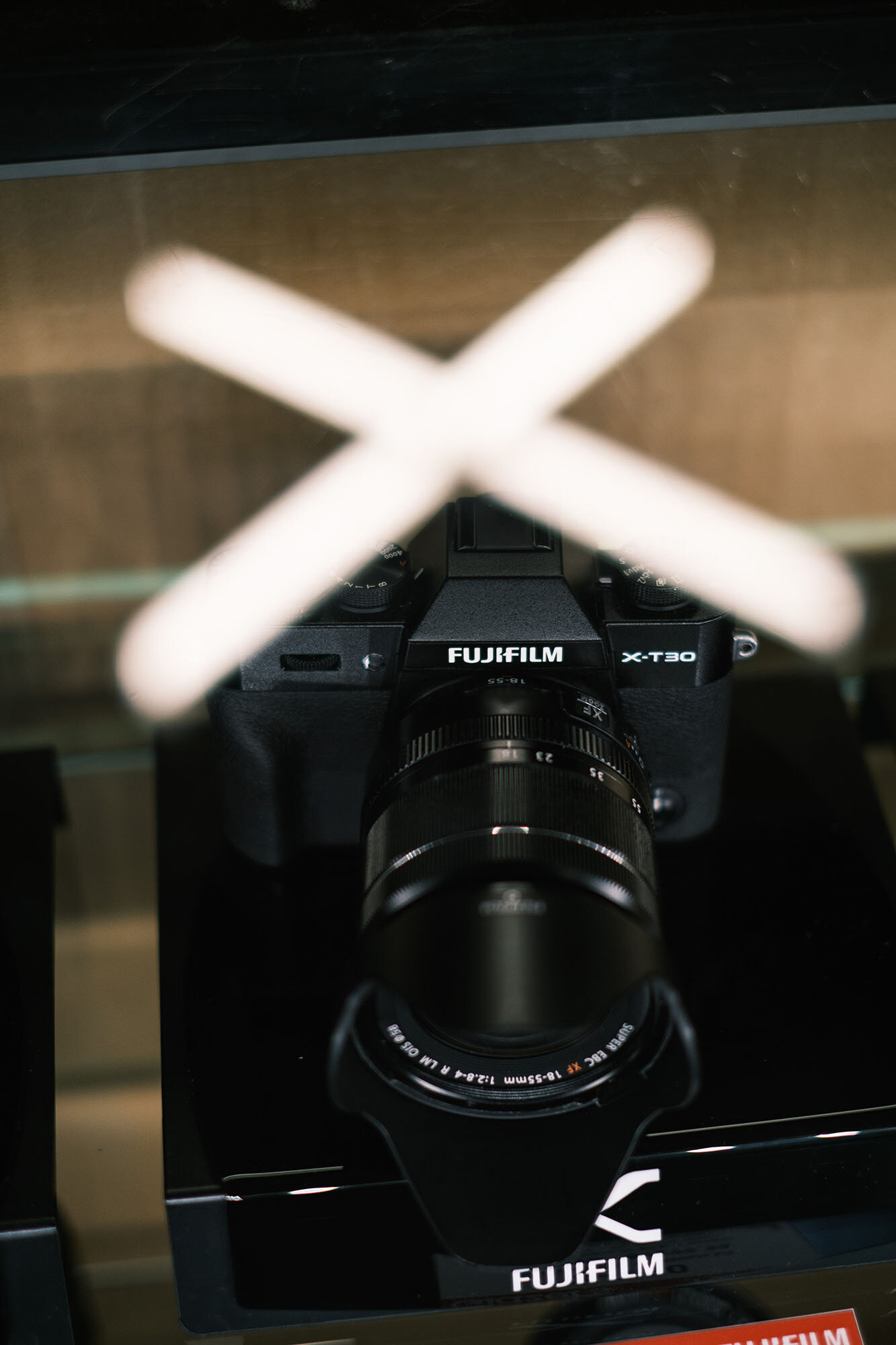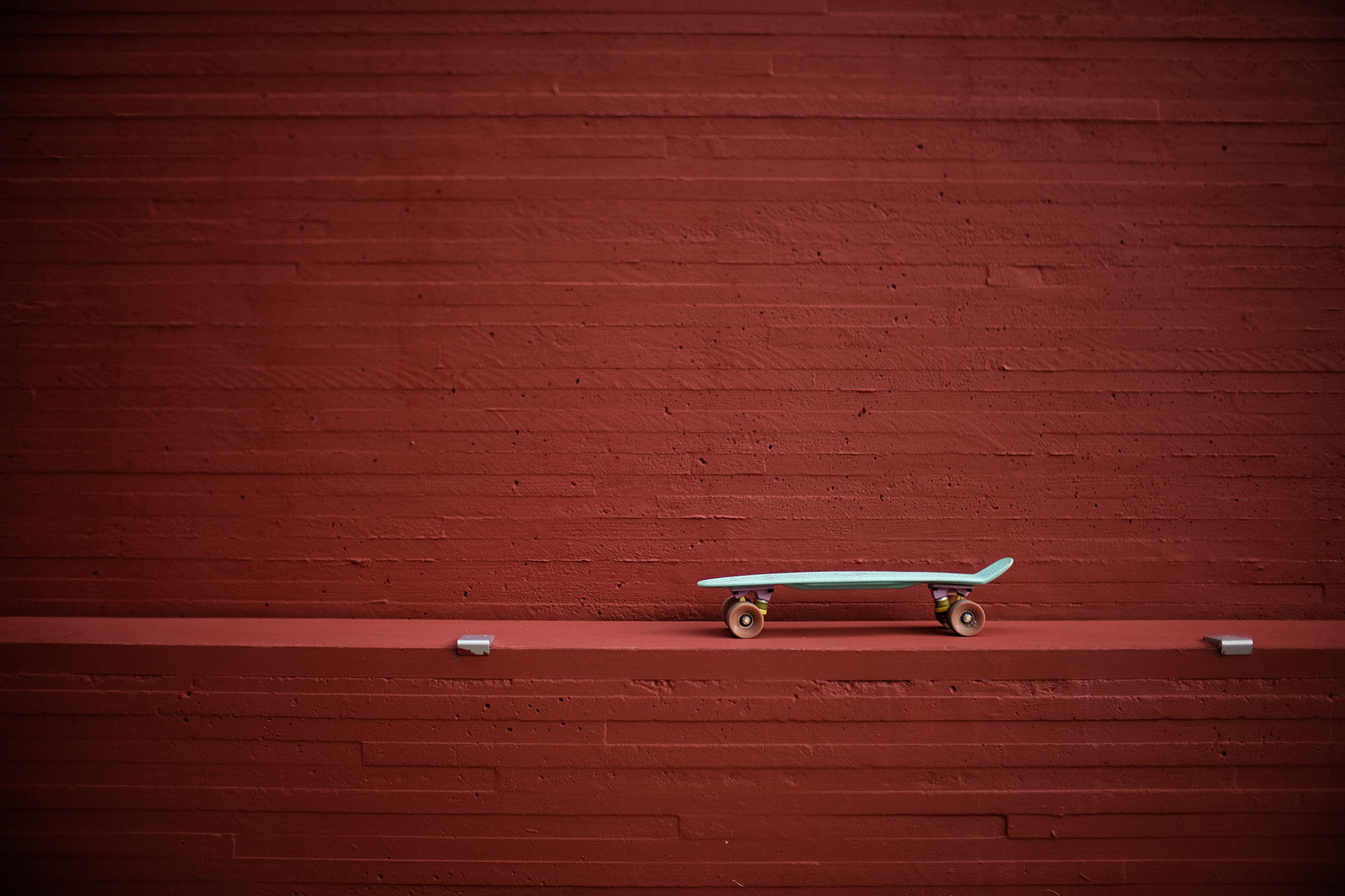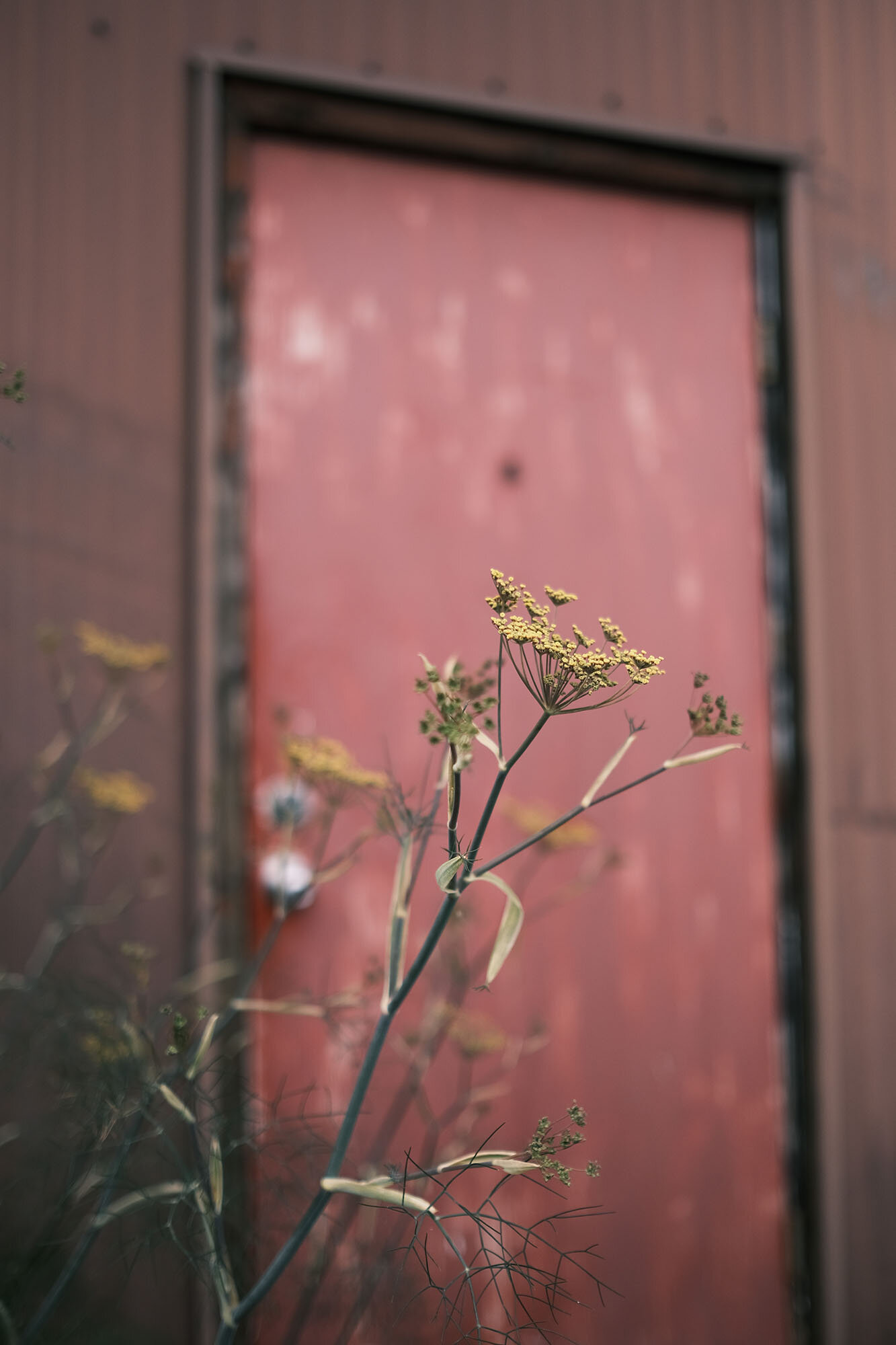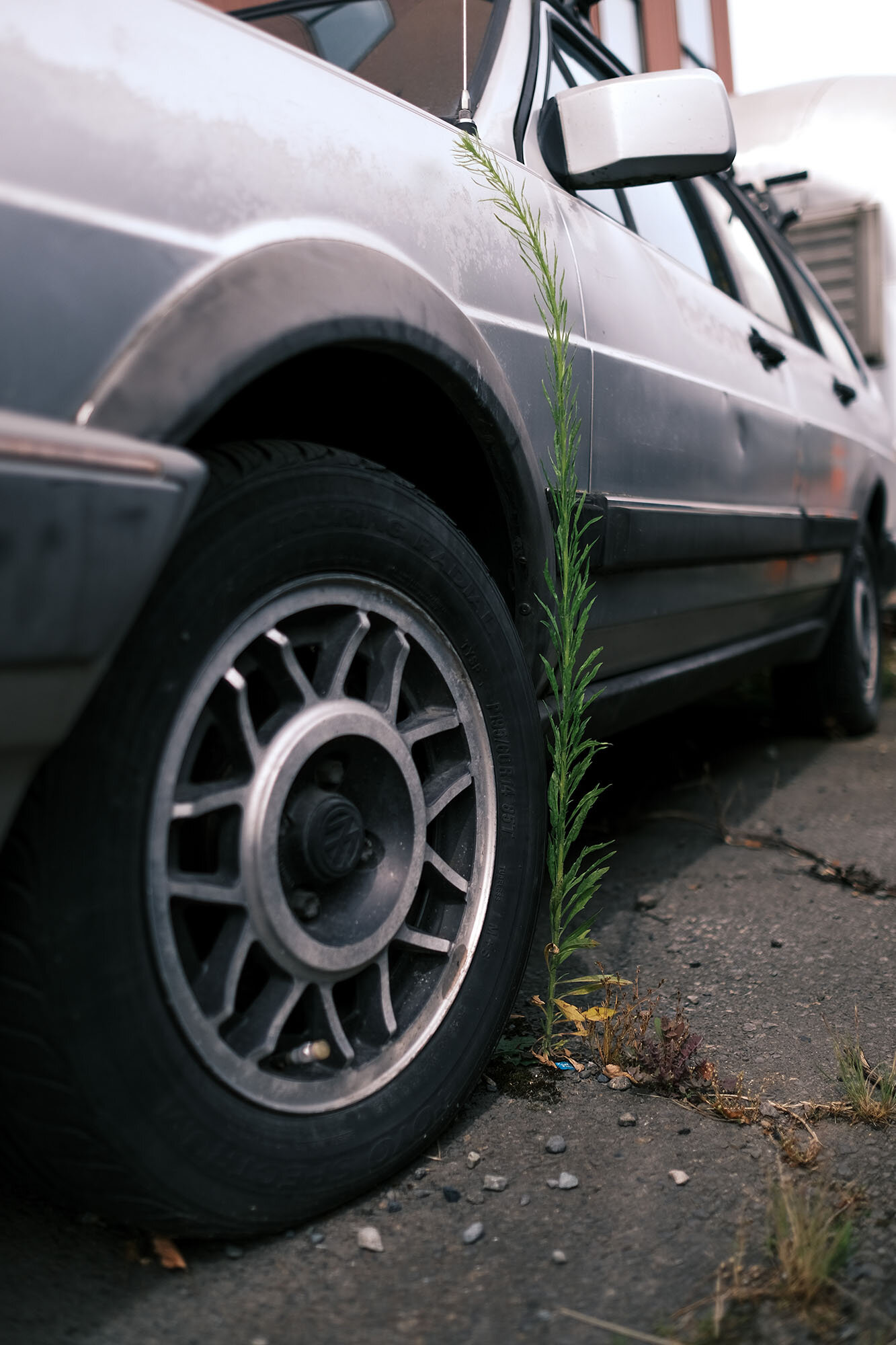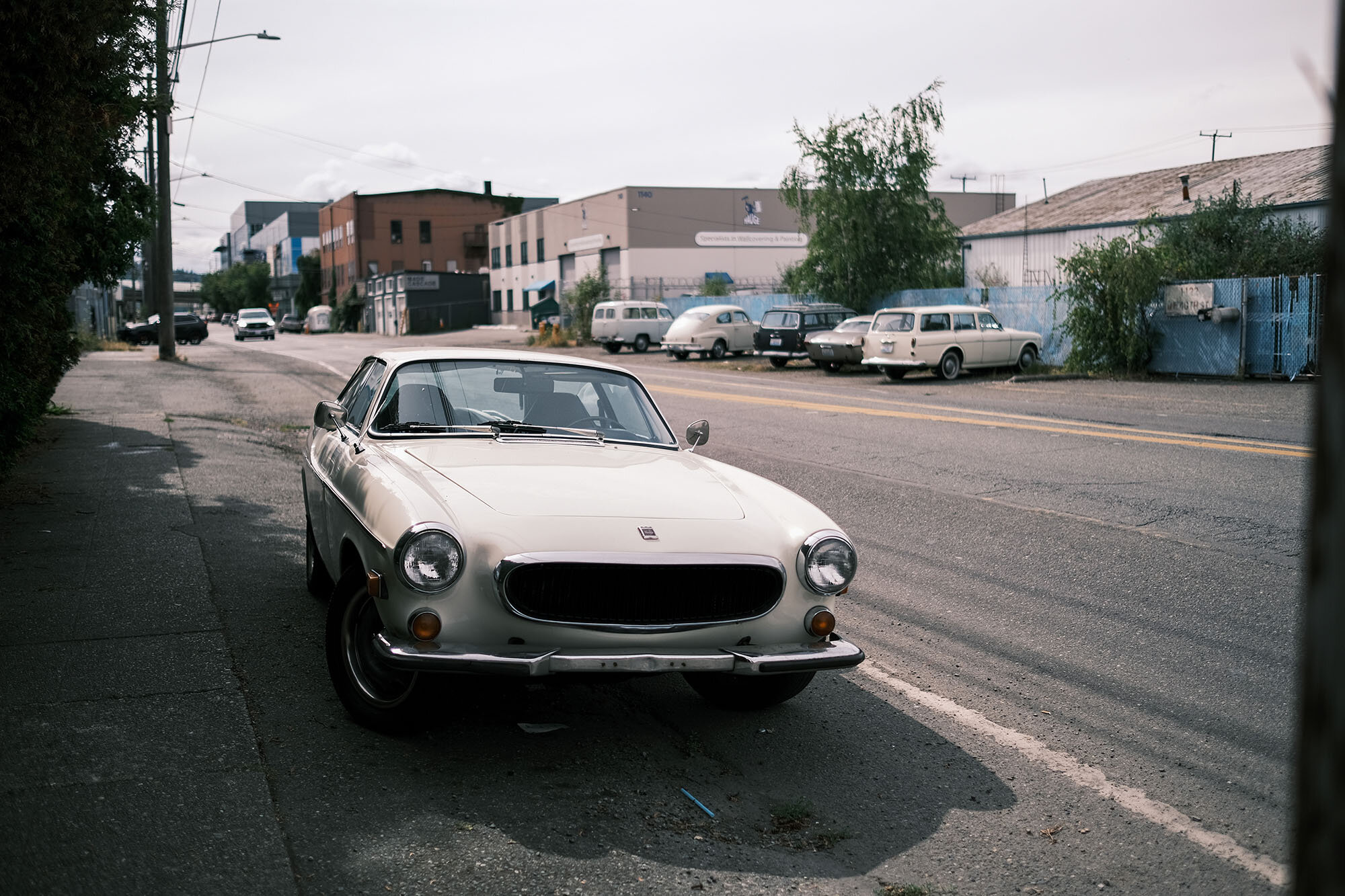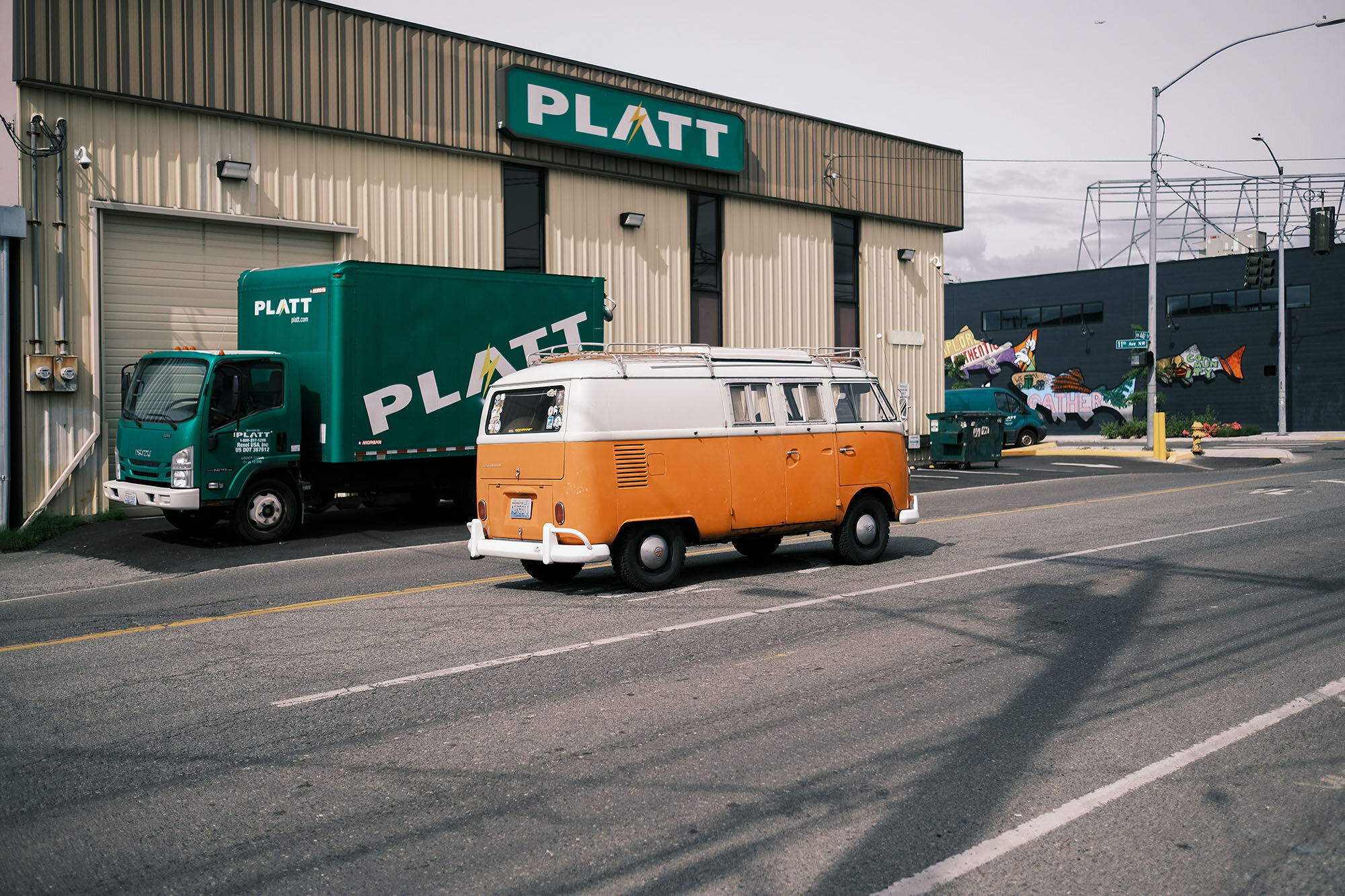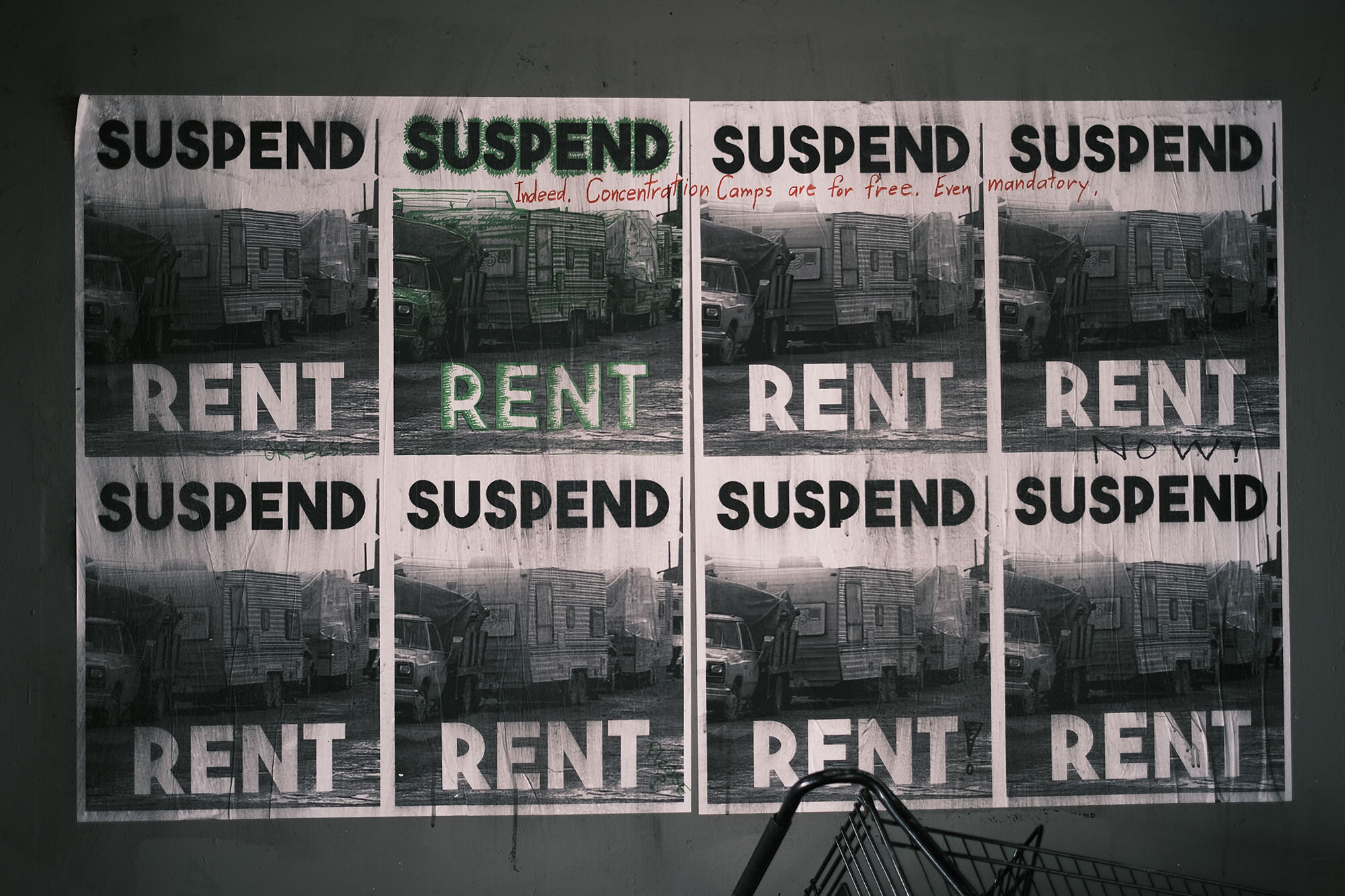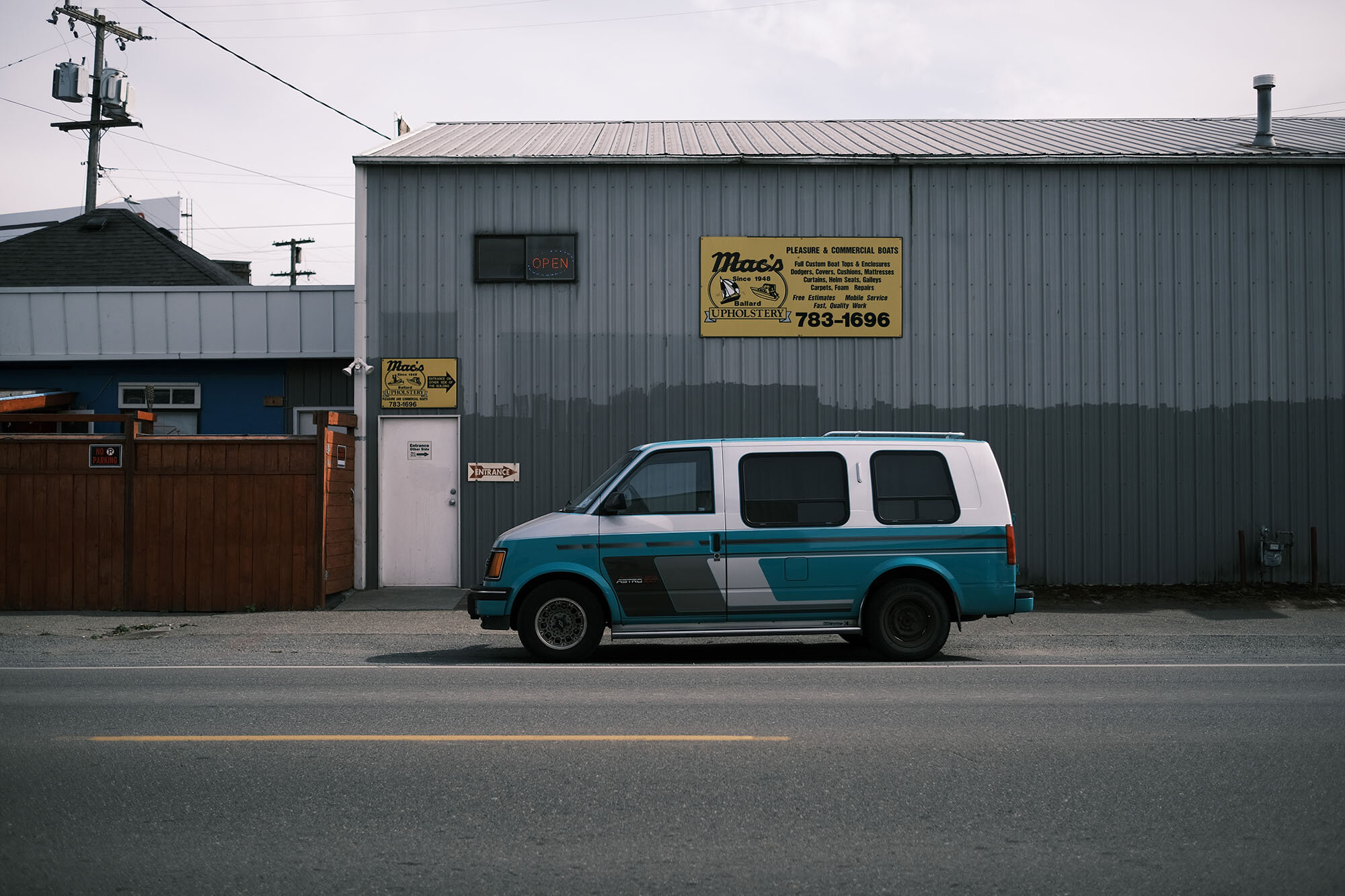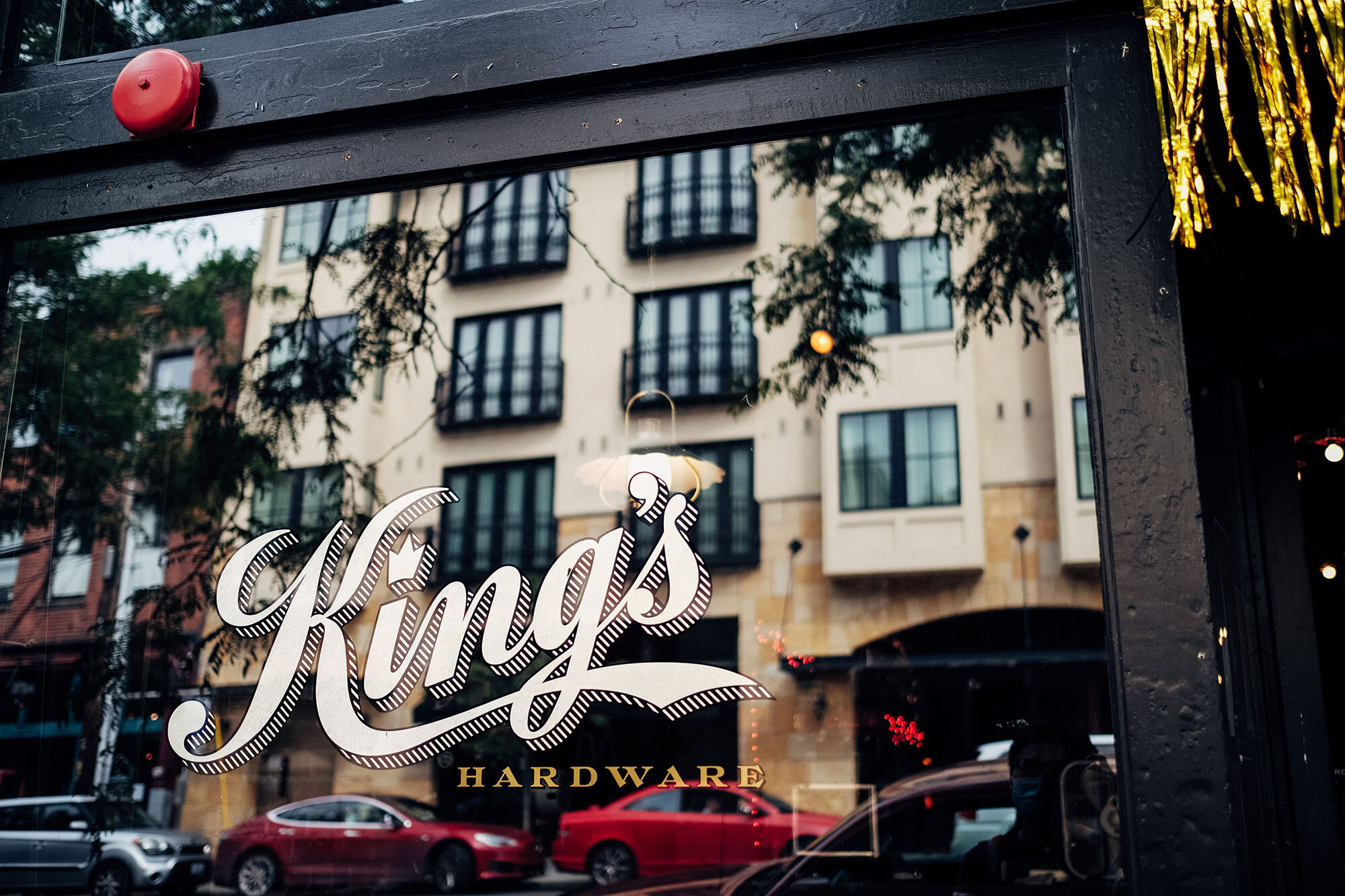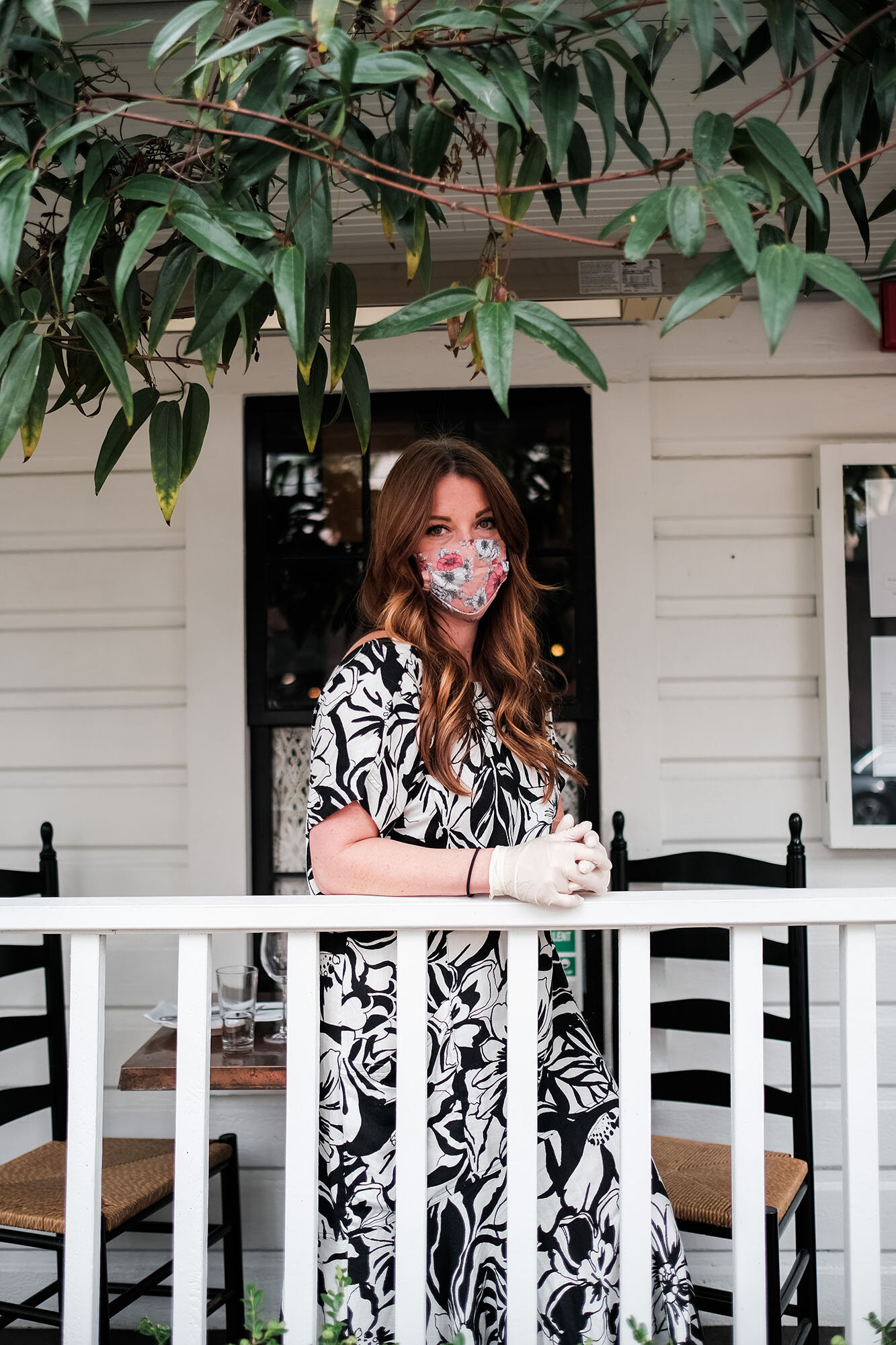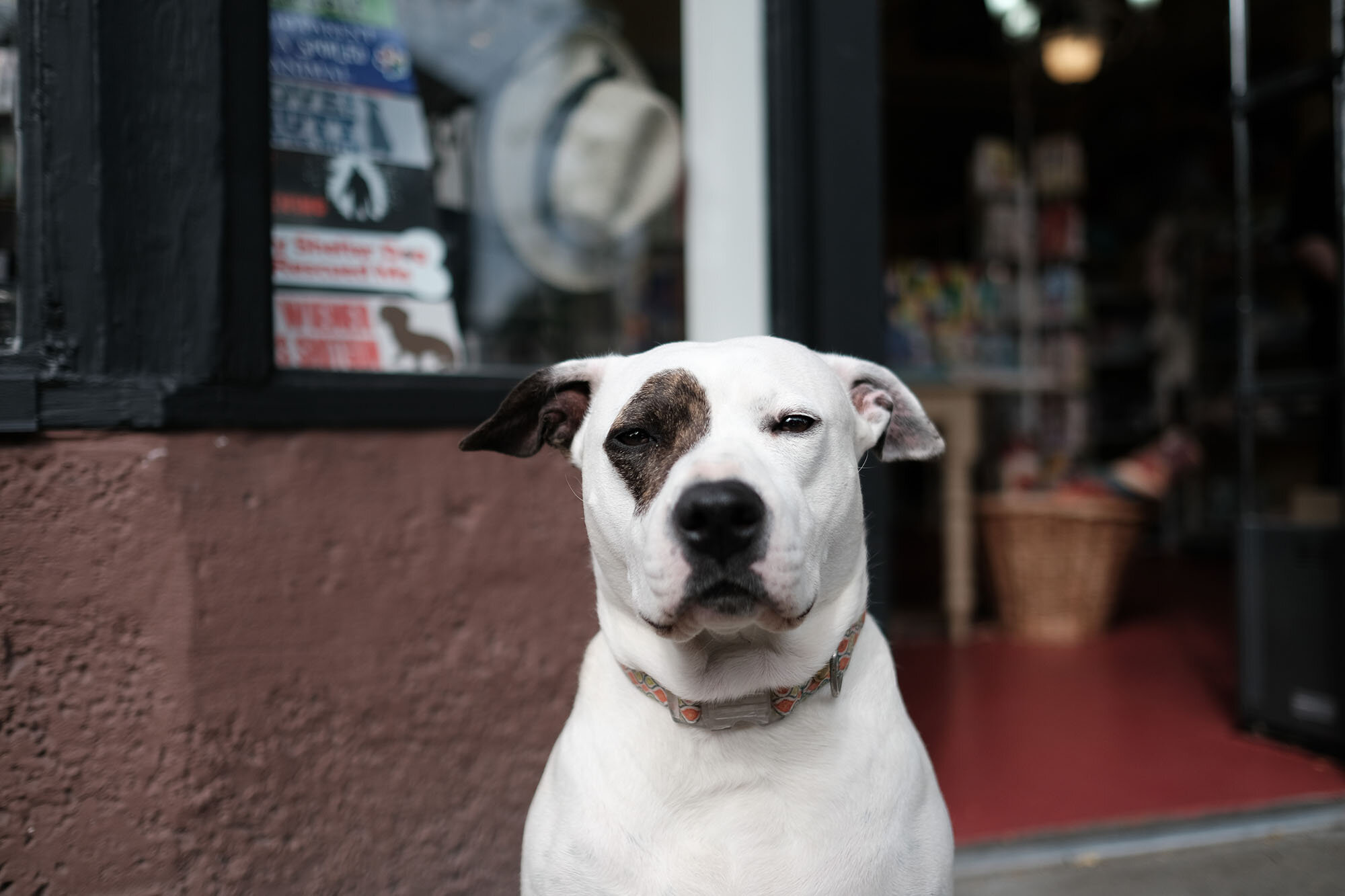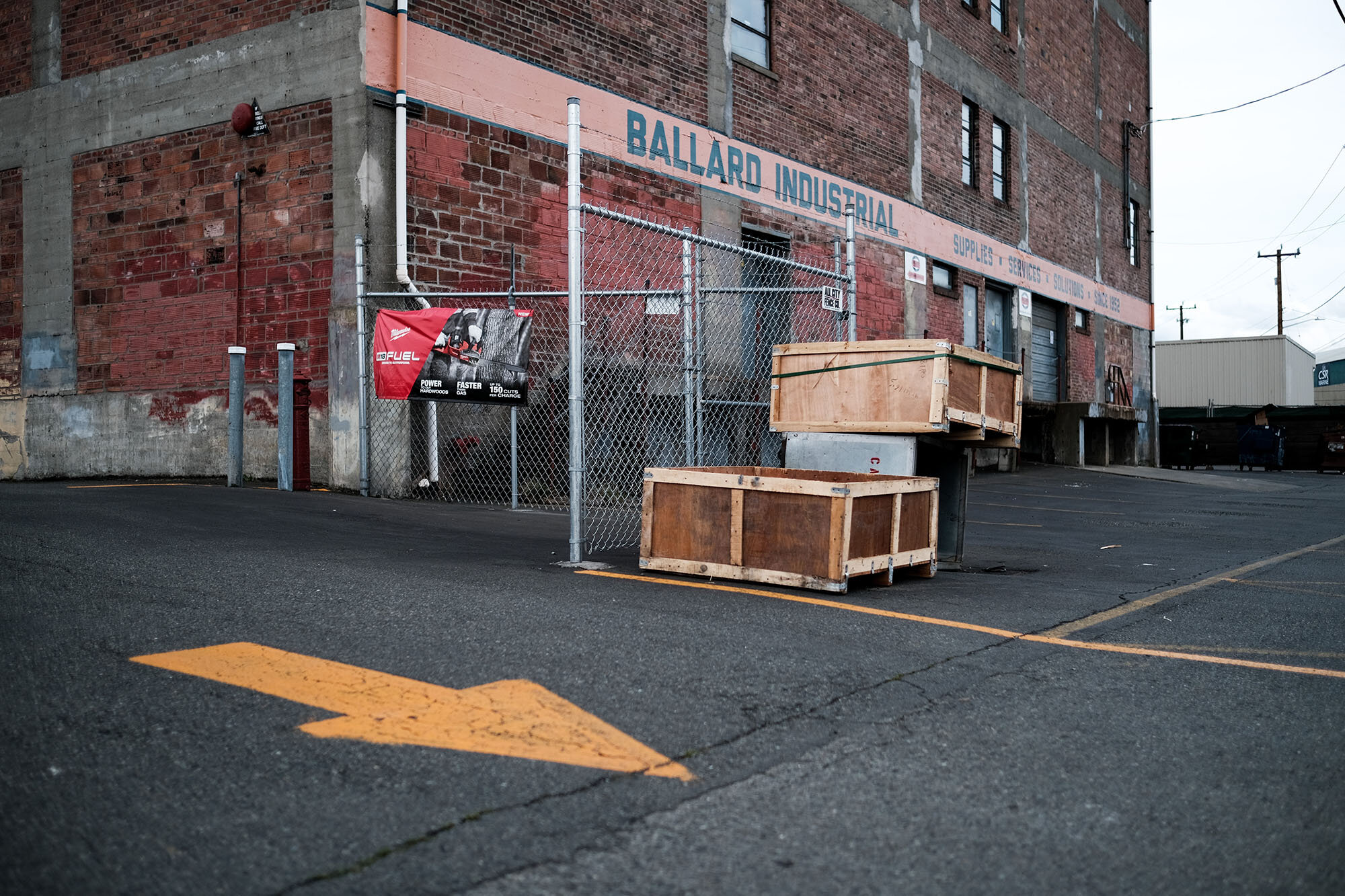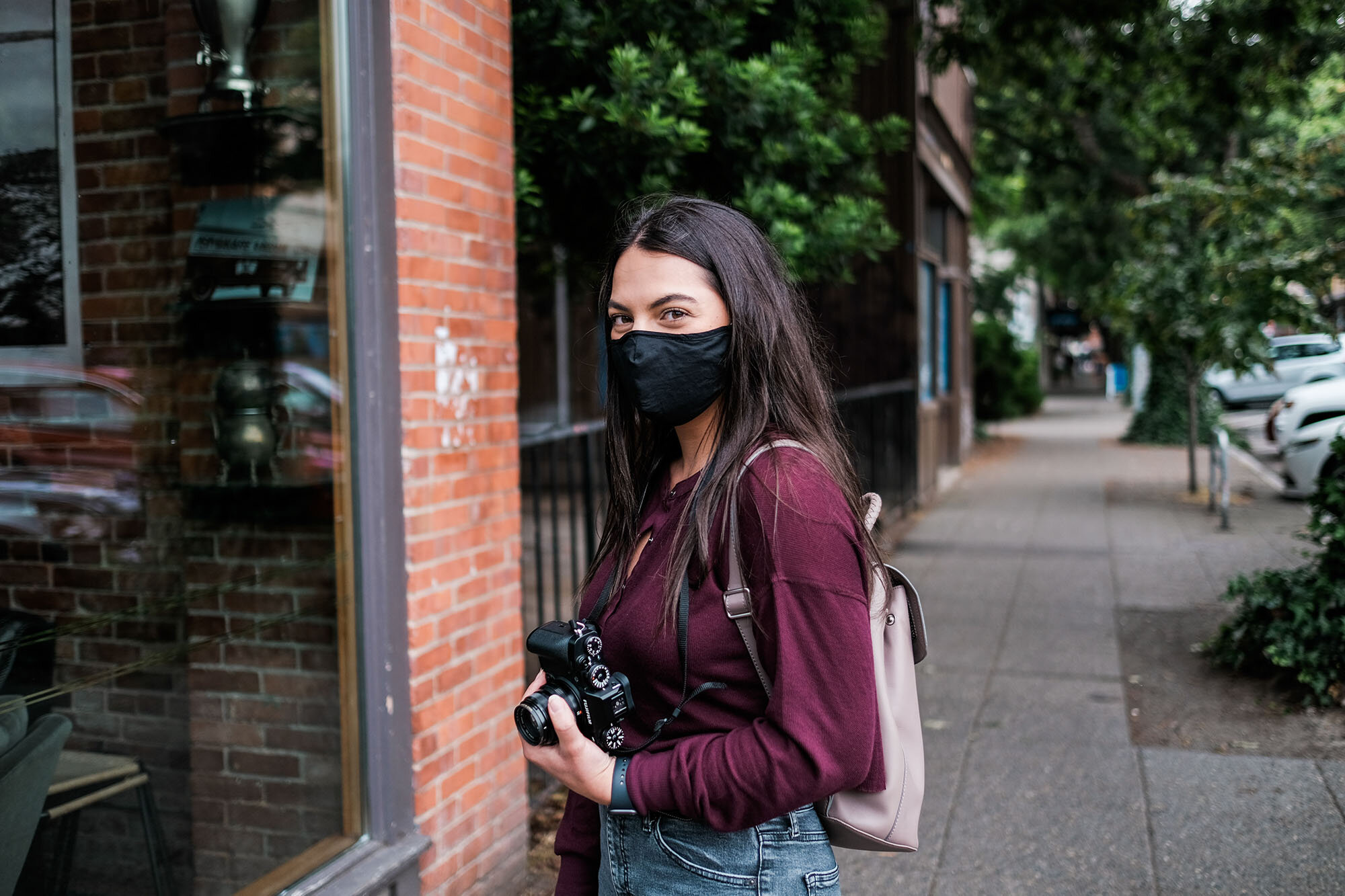Time and time again, I’ve flirted with the idea of making the Fujifilm X series my main camera system. I’ve sold and bought many Leica Q’s with the intention of replacing it with a small, lightweight Fujifilm X body, paired with some equally small Fujifilm X prime lenses. However, I ended up selling all of my Fujifilm gear every single time.
Something just wasn’t cutting it, and the files coming out of multiple generations of X-Trans APS-C sensors could never match, let alone beat, the stunning depth, contrast, and color that the Leica Q produced. Fast forward 3 years and 15 (yes, 15) Fujifilm bodies, ranging from all of the X-T, X-H, X-Pro, and X100 series, I finally arrived to a camera and a conclusion:
The Camera: the Fujifilm X-Pro3
The Conclusion: I don’t need to replace the Leica system with a Fujifilm kit. I should supplement it.
Years ago, near the beginning of my foray into mirrorless cameras in 2014, I bought a Fujifilm X-Pro1 and a Fujifilm 18mm f/2 lens. I loved it. It had awesome build quality, produced charming images, and the whole system felt like it was built to last for generations. Regrettably, I sold it to finance the latest and greatest Sony thing about a year later.
One of my favorite shots with the Fujifilm X-Pro1 and Fujinon 18mm f/2 from 2014 in Singapore
Six years later, I decided to give the Fujifilm X-Pro series one more chance after I did some research into ways to get great autofocus performance without breaking the bank. The X-Pro3 from Fujifilm seemed to be a logical choice, given the wide availability of the Fujinon lenses, and the mature ecosystem of the X-series.
After weeks of painful deliberation of which color to get, a drive to my local camera store in Seattle ended up with me leaving with a beautiful Fujifilm X-Pro3 in a lovely classic black finish.
I’ve since picked up a few lenses secondhand to make the X-Pro3 a formidable photography tool, and just a bundle of fun to use. The Fujifilm 23mm 1.4, 35mm 1.4, and 56mm 1.2. Also, it needs to be said that the Mitakon 35mm 0.95 Speedmaster lens for Fujifilm X mount is a massively underrated lens with awesome performance that brings the X-series to near full-frame depth of field and image rendering. The 0.95 aperture allows images shot wide open to have a similar look and DOF render as a f/1.4 look on full-frame.
As I get acclimated to the X-Pro3 and spend a little more life with it, I’ll write a full-length review, so be sure to look out for that in the future!
In the meantime, I had a chance to do a couple shoots with this fantastic camera, and have some samples to share below:
If you’ve found my blog helpful or has added value to your day, please use the following link for your purchases on Amazon: Link to Amazon here
As an Amazon Associate I earn from qualifying purchases.



